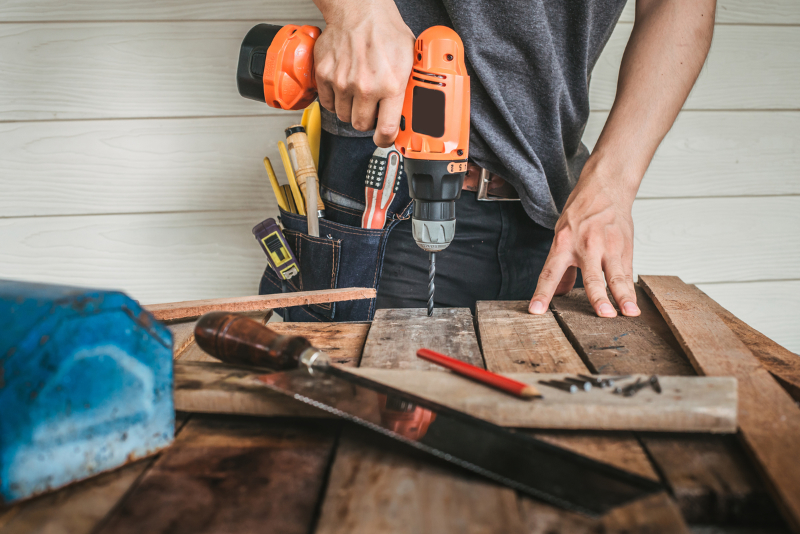Back | Blog posts overview
Moly to boost batteries?
04/03/2020
When developing sustainable technologies such as renewable energy solutions and electric vehicles, power storage is as crucial as power generation. To this end, improving battery performance is an area of enormous scientific interest. Numerous studies show that molybdenum disulfide composites could play a key role in increasing batteries' electrical power, energy storage capacity, recharging speed and stability.

Lithium-ion/graphite batteries power most common, rechargeable devices. © shutterstock.com/DW2630
Laptops, mobile phones, electric scooters and a plethora of other rechargeable devices all depend on lithium-ion/graphite (LIB) batteries. But some scientists and urban planners imagine a future where batteries could do much more e.g. power airplanes or even entire cities. These promising ideas, as well as longer ranges for electric vehicles, remain limited by the relatively low storage capacity of the graphite anode in commercial LIBs.
However, researchers may finally have a robust solution to this problem. Certain molybdenum disulfide (MoS2) composite anodes have been found to have two to three times the storage capacity of graphite. Therefore, molybdenum- containing compounds in batteries could offer significant improvements over currently available energy storage capacity.
Read more about the history of molybdenum disulfide in batteries and it potential to power batteries of the future.
Back | Blog posts overview

